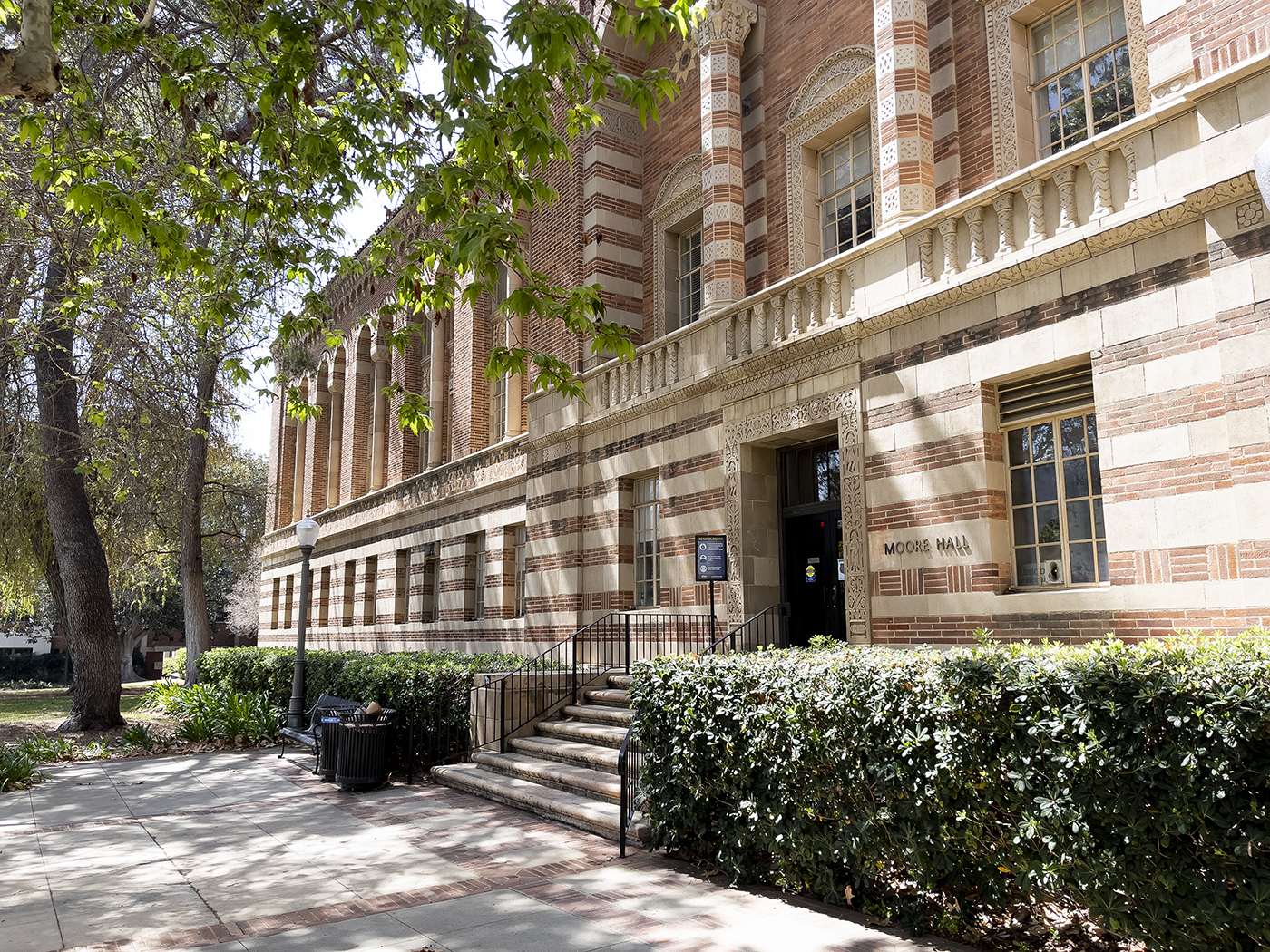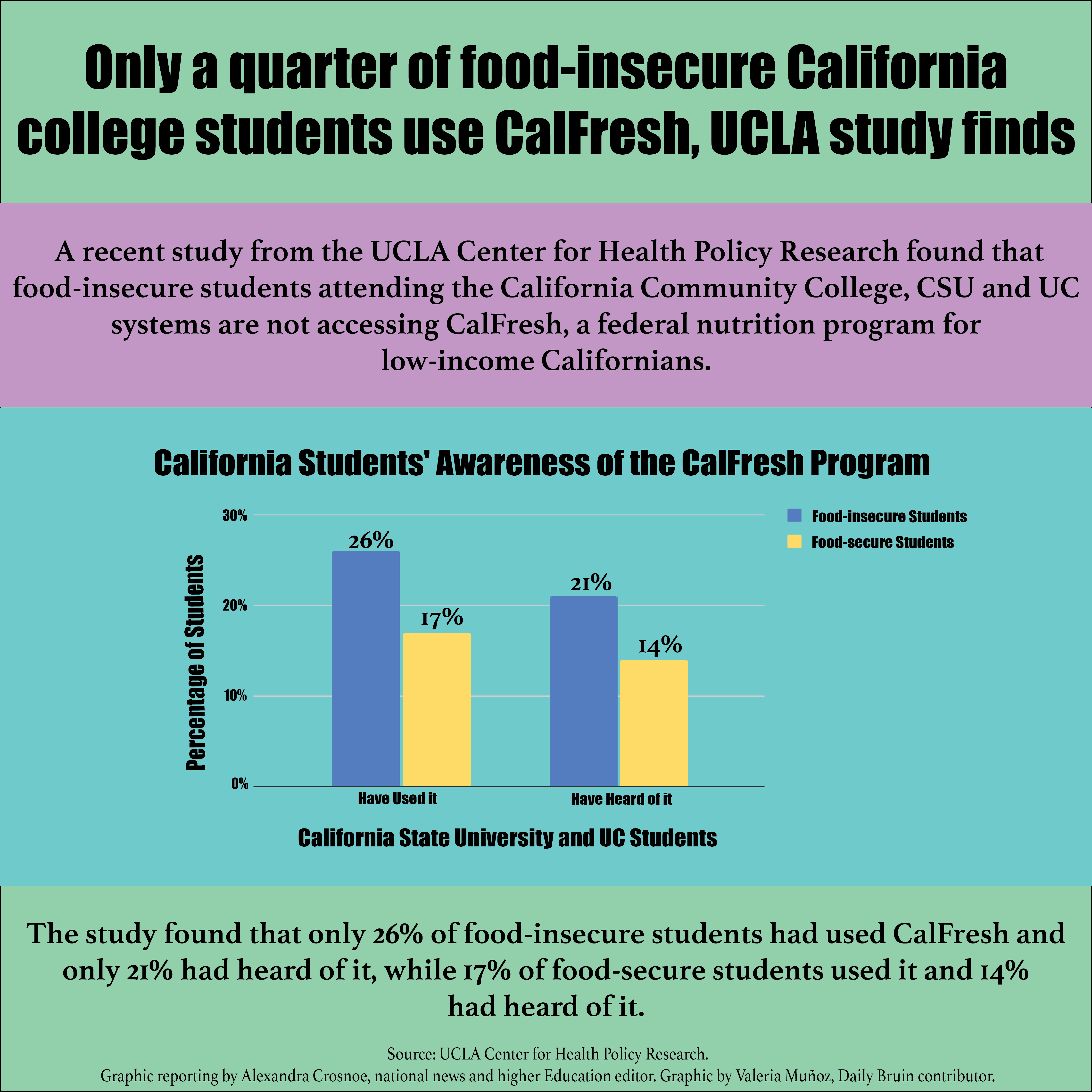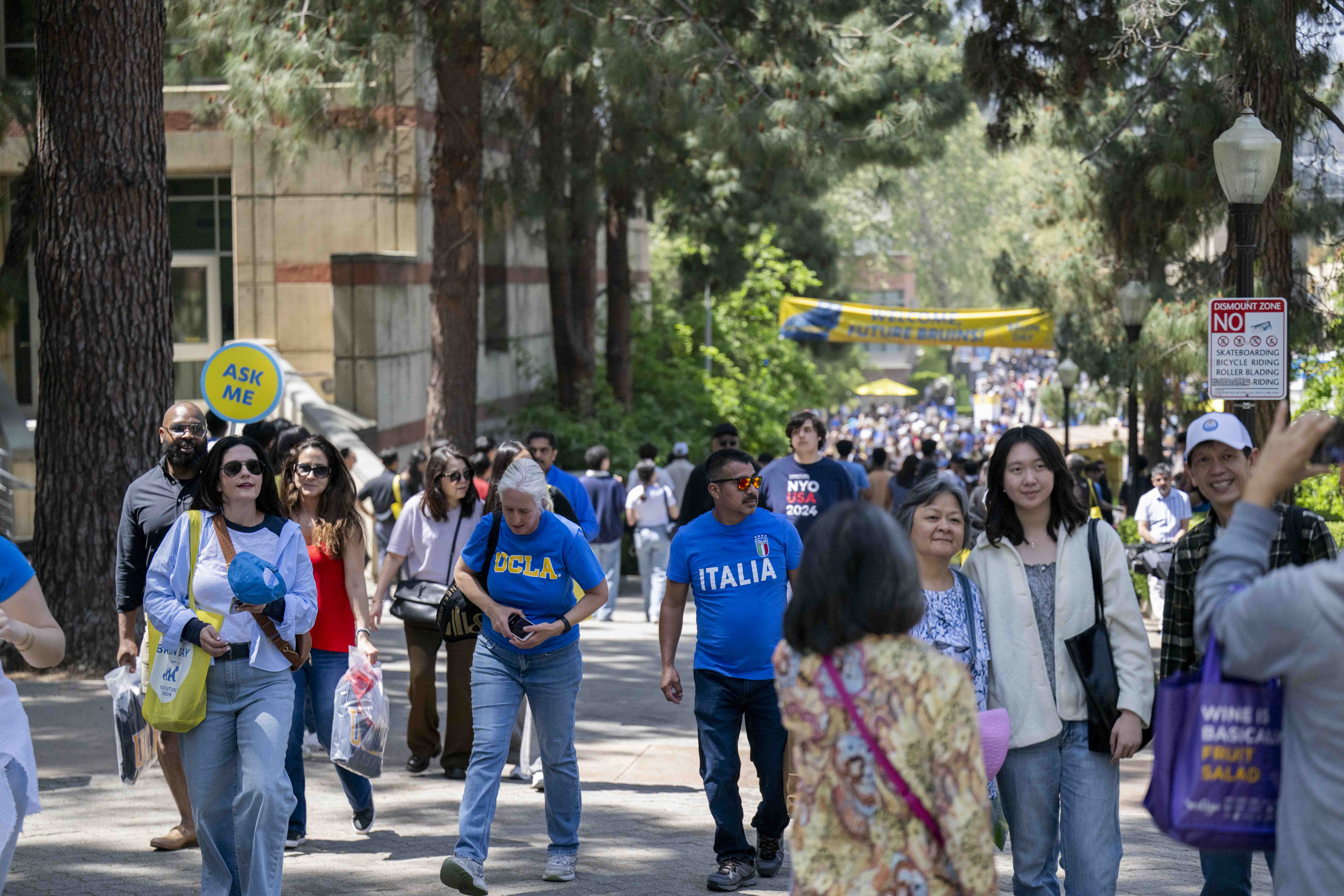University High School, known to its students as “Uni,” is pictured. UCLA’s Community Youth Programs currently operate at Uni, along with other schools in the Los Angeles area, and primarily serve students from low-income families. (Nicolas Greamo/Daily Bruin senior staff)
By Alexandra Crosnoe
May 21, 2025 at 11:42 p.m.
This post was updated May 23 at 12:24 a.m.
Kayla Walls began rebelling more and attending school less when her brother died.
But the one person who she said did not write her off was MaryAnn Szyskowski, an after-school program school site coordinator for UCLA’s Community Youth Programs. Szyskowski came to her home to check in on her after her brother’s death, Walls said, adding that she also volunteered to take over Walls’ drill team after University High School, known to its students as “Uni,” decided to cut the program that same year.
The program brought Walls back to school and helped to raise her grades, she said.
“I honestly could say the program saved my life,” she said. “I don’t know where I probably would have been.”
CYP works with 12 Los Angeles Unified School District schools, including Uni, many of which house a high percentage of children from low-income families. The program largely serves and employs people of color, said Mary Keipp, the program director.
It provides hundreds of students with paid internships and offers after-school programs – including music, dance, theater, robotics, speech and debate, drumline, and drill – at partner schools.
Multiple CYP employees said UCLA administrators informed them April 23 that the 37-year program would be cut for good.
“We were not told there were any sort of issues going on,” Szyskowski said. “(They) put us in a room and told us, June 30, this program that’s been going on for 35-plus years is no longer going to exist.”
Keipp said she found out about her program’s closure just a week before the staff, several of whom have worked for it for over 25 years. Administrators cited the university’s $300 million deficit as reasoning for cutting the program – and said the university can no longer support anything that is not a part of its core mission, Keipp added.
Szyskowski said Shalom Staub, the assistant vice provost and executive director of the UCLA Center for Community Engagement, which CYP falls under, delivered the news that the program would be permanently suspended. Staub said the choice to end the program was purely financial.
“My staff is just crushed, particularly the ones that have been with us for a long time,” Kiepp said. “The truth of the matter is, if you think of how many youth in the community we’ve encountered, it’s probably thousands over the years.”
Walls said she joined Uni’s drill team in 2011 – the first year it was offered on campus.
“As a young Black girl, drill team is really ingrained into my culture,” she said. “I immediately got excited.”
However, the high school struggled to facilitate the team – and decided to cut it around a year later, Walls added. The same year, her brother was murdered, she said.
But Szyskowski wouldn’t let the drill team end – and brought Walls, who eventually became the team’s captain, back to drill, Walls said.
“I started to get my grades back up and stuff – because, of course, I had to have them up to be on drill – and then just started building the program from scratch,” she said.
When Walls graduated high school in 2015, Szyskowski asked her to coach the team.
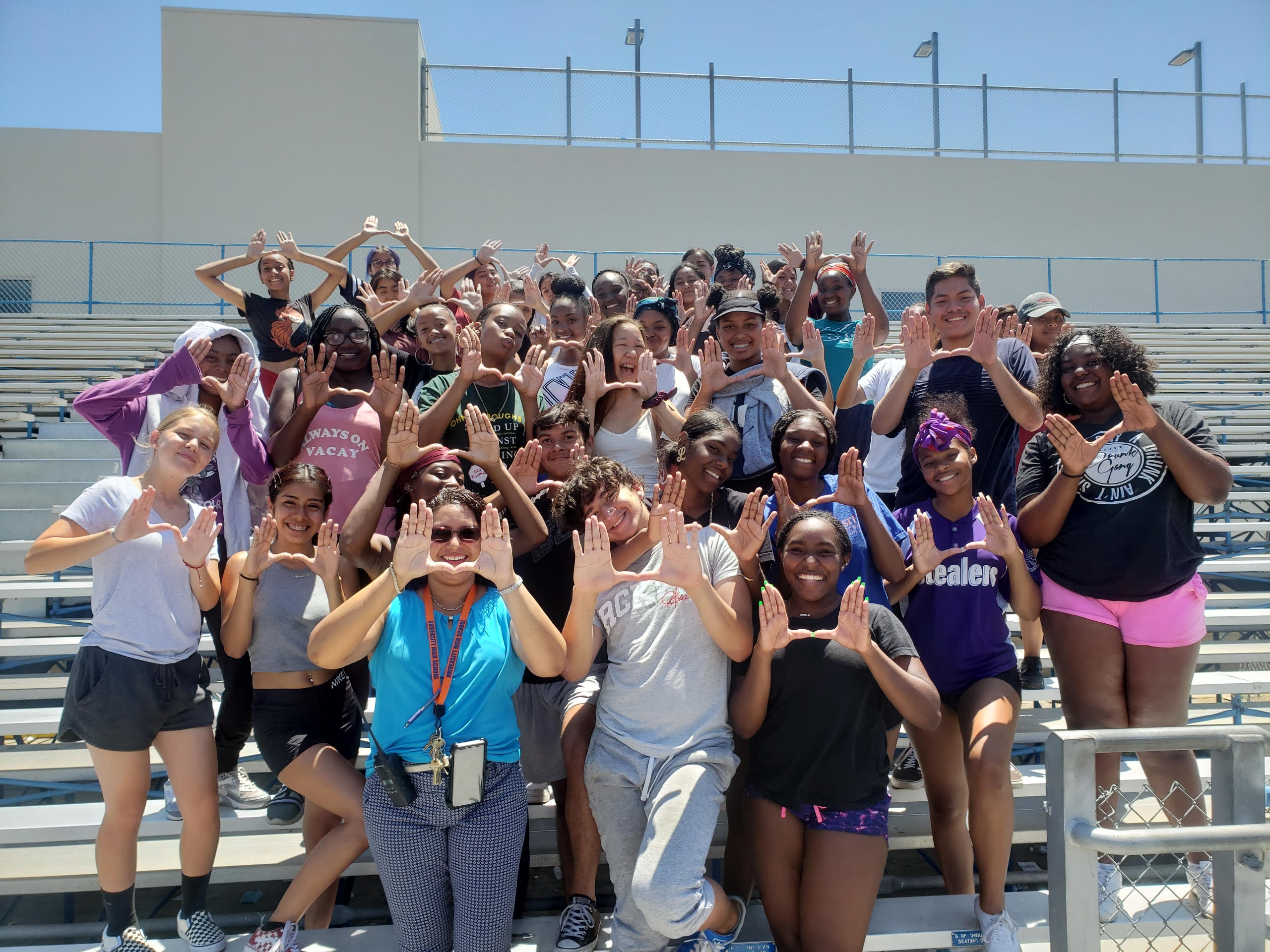
Walls said she has since helped high school students through experiences similar to those that she faced following her brother’s death. She added that, without CYP sponsoring the drill team, she is afraid these students will struggle to find their place in school.
“I have had so many kids that face the same things I was facing and just being from neighborhoods that are rough,” Walls said. “You don’t want to go home sometimes.”
Walls said she feels helpless in protecting her students from the elimination of CYP. She added that she believes UCLA made a decision that may look black and white on paper but in reality deeply affects people’s lives.
“This is people’s legacy. This is their home,” she said. “While I didn’t give birth to these kids – they’re my kids.”
Szyskowski also coordinates the peer mediation program at Uni on her own time. The program teaches conflict resolution and restorative justice practices – and the school now has 35 peer mediators who help resolve conflict on campus, Szyskowski said.
However, Szyskowski said she worries that the program will no longer exist when she is laid off.
“The high school students that I work with, they’re amazing,” she said. “They just come from varied backgrounds of kids who have come from nothing and end up at Harvard and UCLA and all these different places.”
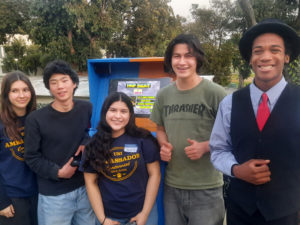
Staub said the CYP was created to allow UCLA students to work with young people in the community. However, he said the program evolved into a “nonprofit within the university” that did not support UCLA’s teaching and research mission, as it staffed full-time and part-time employees rather than students or faculty.
An external audit commissioned by the university around five years ago recommended that the program be dismantled, Staub said. However, he added that he later proposed that instead of cutting the program, CYP should be relocated to the Center for Community Engagement, where it could connect more closely with students.
“That was the question at the time – why is the university essentially running a nonprofit with noconnection to the rest of the university’s work?” he said.
Maria Salcido, who worked as a tutor for Uni through UCLA CYP when she was an undergraduate and master’s student at UCLA, said the program hired her when she was struggling to find a job as a new transfer student. Salcido, who will start as a teacher at Uni next school year, added that her experience with CYP is one of the reasons she decided to pursue teaching.
Salcido said she believes UCLA should invest itself in the community around it. She added that without CYP, she would have struggled to find a career path.
“Cutting a public program that is supposed to help develop leaders and our future leaders, it’s just really disappointing to hear that – and especially as someone who benefitted from it,” she said.
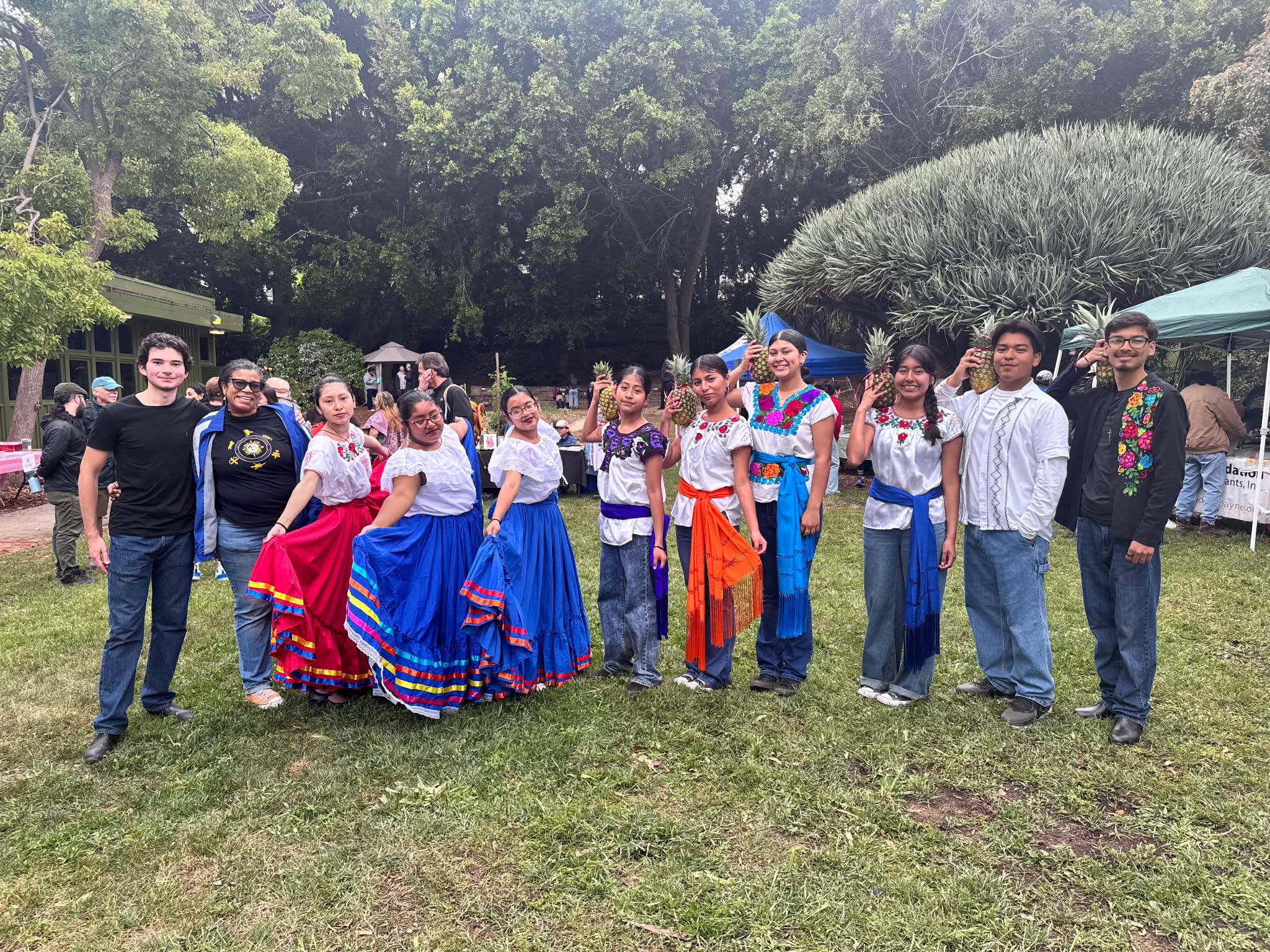
The program – which Staub alleged was supposed to fully operate on money from a contract with the city – ended up costing UCLA $250,000 after it joined the Center for Community Engagement, Staub said. He added that he believes the costs were charged to the university as a result of a miscoordination between two large bureaucracies – the city of Los Angeles and UCLA.
“It takes a long time for the city to issue its contracts, and it takes a very long time for the university to approve and enact its contracts,” Staub said. “The expenditures were supposed to have been charged back to the contract, and sometimes, in the context of a very complex accounting system, all the charges were not put in the right place.”
The City of LA did not respond in time to a request for comment on the program’s costs.
Keipp said administrators cited the program’s deficit – which she added could be a result of UCLA’s finance department not billing the city or school district properly – as a reason why CYP was being cut. She said she believes UCLA is cutting the program to prepare for the threat of funding cuts from the Trump administration.
However, Staub said while the university is also concerned about the possibility of federal funding cuts, CYP is being eliminated solely because of UCLA’s preexisting $300 million deficit. Recent actions – including Gov. Gavin Newsom delaying funding meant to support increased enrollment and the University increasing wages for graduate student workers following a 2022 strike – have deepened the deficit, he said.
Staub also said the city will replace CYP with nonprofit organizations, which he added will offer preferential hiring to people formerly employed by UCLA. However, Szyskowski said she believes these programs will not be able to support students in the same way.
Khalil Sabbagh, who has taught drumline at Uni through CYP for 17 years, also said he opposes bringing in nonprofits to replace CYP. He added that he believes the external site providers will not be able to replicate the programs that UCLA provided.
“UCLA is a towering figure in the community, and other site providers are simply not as equipped with the resources that UCLA is,” Sabbagh said. “They’re not going to be able to do what we’re doing – and what we’ve built here is more than just a job for people, it’s a culture.”
Sabbagh said he thinks of the drumline team – which performs at events including sports games and pep rallies – as the “soundtrack of Uni High.” He added that drumline does not require people to know how to read music or understand much musical theory, making it accessible.
“We take students who have absolutely zero experience, and they get infected with this interest in percussion music,” Sabbagh said. “Even our weakest links are masked with quality.”
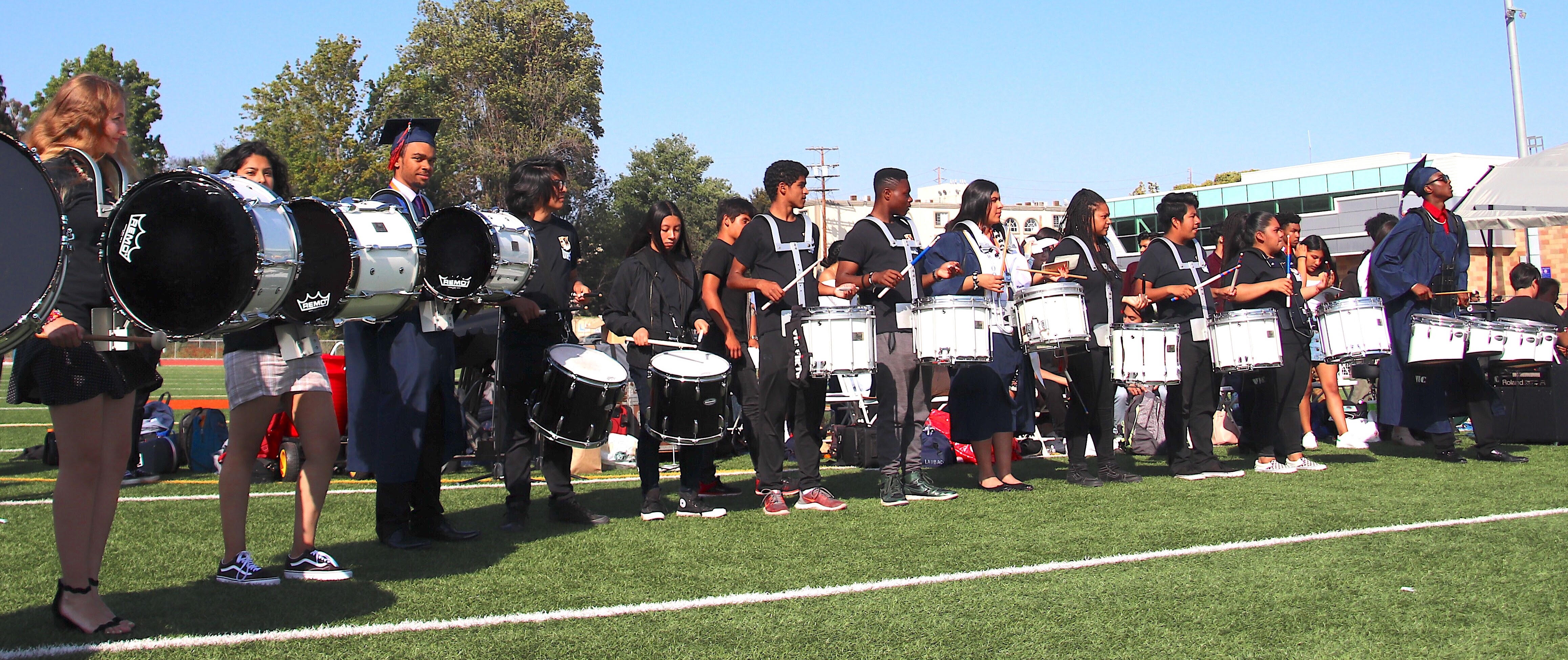
Ronnie Sperling, who has been Uni’s theater director through CYP for 12 years, said he works with around 70 students to put on multiple shows a year. Sperling, a Uni alumnus, said the school’s previous principal jumped at the chance to hire Sperling as theater director after finding out he attended Uni.
The students in the theater program are deeply committed to their work, Sperling said, adding that he dropped off green screens to students’ houses in March 2020 so they could continue their work during the COVID-19 pandemic.
“A lot of the other arts at Uni were looking at them, going like, ‘How are you doing this?’” he said. “We never dropped the ball.”
Sperling said that when fires in January destroyed parts of Palisades Charter High School, the school’s theater director asked if her students could use Uni’s theater to do a show. For Sperling and his students, the decision was a no-brainer.
“I said, ‘Yeah, you have to, you have to come into Uni,’” he said. “That was another magic moment, that the Uni kids were flexible, and UCLA was flexible.”
Uni’s theater program has been nominated for several awards, including Jerry Herman awards, which recognize the best high school theater programs and actors in Los Angeles, Sperling said. A student recently won Best Actress, which gave her an all-expenses paid trip to New York and helped put Uni on the map nationally, Sperling added.
“What we’ve built here is more than just a job for people, it’s a culture.”
Sperling said he does not know what his students would do without the program.
“There were kids that came to us that auditioned that had special needs, that had never done theater, would never think of being on stage,” he said. “Everybody, I feel, deserves to have a high school theater experience. It’s an experience in your life, and I know this firsthand, that you never forget.”
Sabbagh said he has not yet received information regarding the capacity in which the after-school program will continue without the support of CYP. UCLA will officially end the program in 40 days.
With the future of the after-school programs CYP organizes in question, Walls said she believes the university has left her and her students without options.
“I just really hope that the powers that be can at least rethink it or find a solution,” she said. “They’ve left us on an island alone with no way of helping ourselves.”

